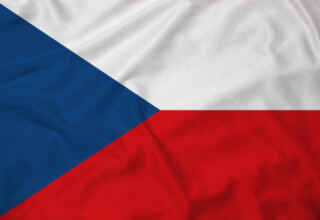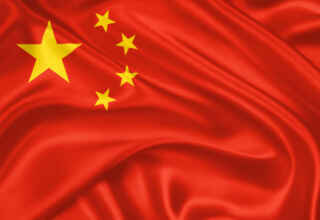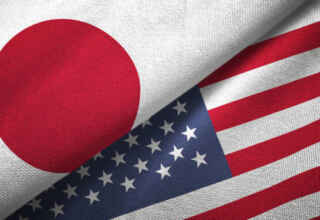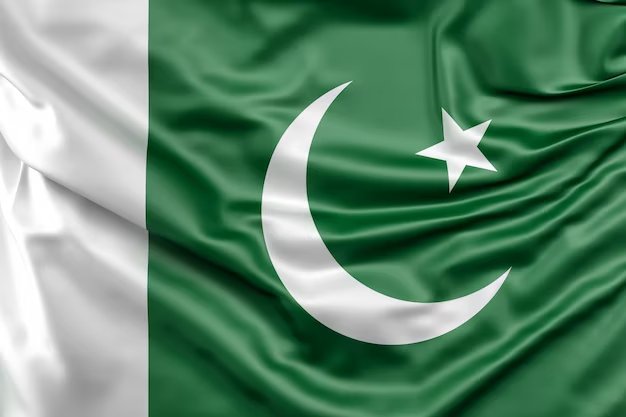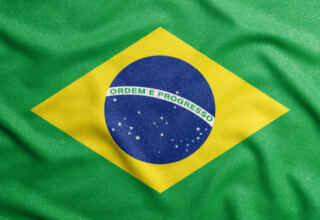
The companies Nexter, ex-Giat Industries, in France, and KMW (Krauss MaffeiWegmann), in Germany, have started to merge on July 1. This will require a privatisation law in France,while KMW is a family-owned business. They will form a joint-venture owned at 50% by each side, with a « golden share » for the French state to protect specific activities such as weapons systems and ammunitions. The French CEO of Nexter Philippe Burtin talks about “maintaining unity between the systems and ammunition activities of the group”, and “preserve its ability to design systems (systémier)”. Regarding ammunitions, the French state
acknowledged it owns depleted uranium anti-tank shells, and it is known that Nexter has been developing the so-called « Procipac » for its next generation of depleted uranium anti-tank shells. Germany however is not using depleted uranium weapons currently. Depleted uranium weapons are highly suspected to have toxic and carcinogenic effects on the war field, to the point that the French State itself suspended the experimentation of these weapons until the UN Environment Programme releases the results of epidemiological studies in the Balkans and the Persian Gulf. But France, together with the UK, the USA, Russia, China, Pakistan, Japan, Israel, the Netherlands, and probably others, is still stockpiling these weapons on the name of efficiency on the war field, in spite of the fact that, in 2008, the European Parliament, for instance, called for an EU moratorium on these weapons. In places like Fallujah in Iraq, cancers have been multiplied by four (by twelve for childhood cancers) after the US-led invasion.
The idea of a merger had been circulating for almost ten years. Discussions were interrupted when the Socialists came to power in France, but have been relaunched by French Defencce minister Jean-Yves Le Drian at the beginning of 2014. The new entity could be, as proponents say, an “Airbus of armament”. It should be the third company on international markets, behind the US General Dynamics and the British BAE Systems, but before Rheinmetall, with which KMW could also have merged (they had actually established partnerships). Such a merger has not been seen in the industry since EADS was created in 1999 and MBDA in 2001. The establishment of the joint venture will take 9 months (until April 2015), and the purpose at the end (in four to five years’ time) is the total merger of the two companies. The company will have its headquarters in the Netherlands and its directory will be co-presided by a Frenchman and a German, probably Philippe Burtin and Frank Haun (CEO of KMW). The merged group will represent a turnover of 1,7 billion euros and about 6 000 employees. Both companies have started to inform their employees about the merger, trying to reassure fears of job cuts. But commentators say that job losses are highly likely, since both groups are almost identical : same plants, same products, same skills, same turnovers. The merging operation has been dubbed KANT, for “Krauss and Nexter Together”. This is quite ironical as Immanuel Kant wrote, among other books, a “project for perpetual peace”…
France hopes to benefit from the commercial network of KMW, which is much more developed than its own. Nexter mainly lives on commands from the French Army, together with sales below costs in the United Arab Emirates. The order book of KMW, at €4 billion, is twice the book of Nexter. Because of the reduction of defence budgets, of the rising competition (for instance in Asia) and of the room for mergers in the European market, French authorities came to think that, by staying alone, Nexter was on the edge of decline. KMW hopes to benefit from the modern technologies of Nexter (especially tanks), which are funded by French defence programmes. The privatisation should be voted by the French MPs at the end of 2014 or at the beginning of 2015, and Paris and Berlin will have to agree on a license to exports weapons. Brussels will also have to approve the merger, but authorities say that because of the low level of concentration on the market this will not be an issue. Companies will be answering separately to calls for tender until the joint-venture is formed. Later, the joint-venture will alternatively propose French-made or German-made vehicles, “according to the needs”.
A report from the French Defence ministry recently explained that, after the severe re-organisation of Giat Industries in 2004, leading to many job losses, the company was again heavily supported by the French state, through the development of the Caesar cannon and of the Aravis armoured vehicle, which were not planned in the Military Programming Law (LPM). This story has been covered by journalist Michel Cabirol from the French newspaper La Tribune. One of the reasons leading to the buying of these armaments, when Hervé Morin was minister for Defence, was to support the activity of the industry. The Aravis costs 20% more than its German competitor, the “Dingo 2”. But both the Aravis and the Caesar were export successes, especially in Saudi Arabia, who bought perhaps 200 Aravis (better equipped than the French version, they would have paid them up to 1,7 million per vehicle) and 76 Caesar cannons.


